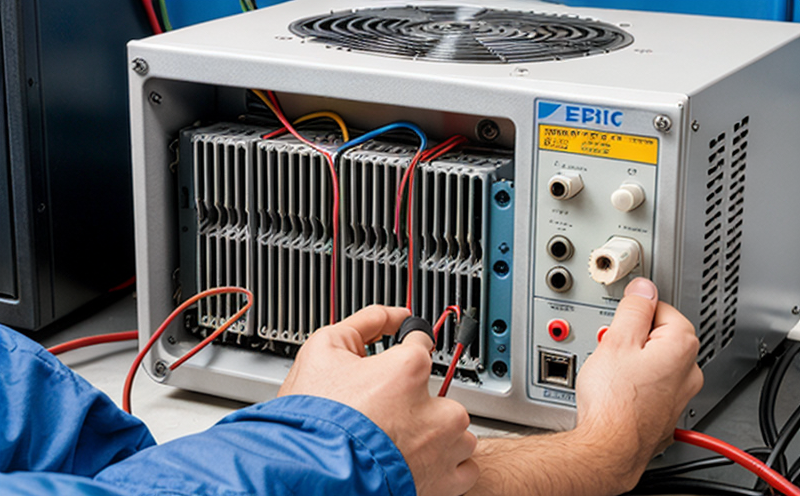IEC 60092-710 Load Shedding System Testing for Marine Systems
The IEC 60092-710 standard is specifically designed to ensure the reliability and safety of load shedding systems in marine environments. These systems are critical components that help manage electrical power distribution during emergencies, such as engine failures or sudden loss of main power supply. The testing process outlined by this standard ensures that these systems can perform their intended function accurately and safely under various conditions.
Load shedding refers to the practice of selectively disconnecting non-essential loads from an electric power system in order to maintain continuity of power for essential services during a power outage or other abnormal condition. In marine applications, this is particularly important because it can prevent the complete shutdown of critical equipment necessary for safe navigation and operation.
The testing procedure involves simulating real-world scenarios that a load shedding system might encounter at sea. This includes varying levels of electrical demand, sudden loss of power, and different environmental conditions such as temperature fluctuations and humidity. The goal is to verify that the system can accurately identify which loads should be shed (i.e., disconnected) based on predefined criteria.
The testing apparatus used for this purpose typically consists of a load bank capable of simulating various electrical loads, power distribution panels mirroring those found in marine vessels, and simulation software that models different scenarios. The test specimens are the actual load shedding systems that will be tested according to IEC 60092-710.
During testing, it is essential to follow strict protocols to ensure accurate results. This includes ensuring that all equipment used meets the requirements specified in the standard and that personnel involved in the test are properly trained. The process begins with a thorough inspection of the load shedding system, followed by setting up the apparatus according to the prescribed procedures.
The testing procedure itself involves several stages. Initially, the system is tested under normal operating conditions to establish a baseline performance measurement. Next comes the critical phase where various scenarios are simulated to assess how well the system identifies and disconnects non-essential loads while maintaining power supply to essential services. Finally, there is an analysis of test data collected during these simulations to determine compliance with specified criteria.
Compliance with IEC 60092-710 standards ensures that load shedding systems are reliable and safe for use in marine environments. This not only enhances operational efficiency but also contributes significantly towards maritime safety by preventing potential failures that could endanger lives at sea.
| Standard Number | Title of Standard |
|---|---|
| IEC 60092-710:2023 | Load shedding systems for marine applications |
Applied Standards
The primary standard applied in this testing is IEC 60092-710:2023, which provides comprehensive guidelines for the design, installation, and maintenance of load shedding systems intended for use in marine environments. This document covers all aspects from basic principles to detailed implementation recommendations.
Some key points covered by this standard include:
- Definition and classification of load shedding systems
- Requirements regarding component selection, design considerations, and installation practices
- Testing procedures for verifying system performance under different conditions
- Prediction methods for determining the effectiveness of load shedding strategies
International Acceptance and Recognition
The IEC 60092-710 standard has gained widespread acceptance among international regulatory bodies responsible for maritime safety. It is recognized by organizations such as the International Maritime Organization (IMO), which sets global standards for shipping, and the American Bureau of Shipping (ABS).
- The IMO recommends compliance with this standard to ensure that load shedding systems meet minimum safety requirements.
- ABS includes provisions referencing IEC 60092-710 in their classification rules for ships equipped with advanced electrical power distribution systems.
Environmental and Sustainability Contributions
The implementation of load shedding systems compliant with IEC 60092-710 contributes positively to environmental sustainability by promoting more efficient use of energy resources. By reducing unnecessary power consumption during emergencies, these systems help minimize fuel usage and associated emissions.
- Reduction in fuel consumption
- Potential decrease in greenhouse gas emissions
- Economic benefits through lower operational costs due to optimized power management





